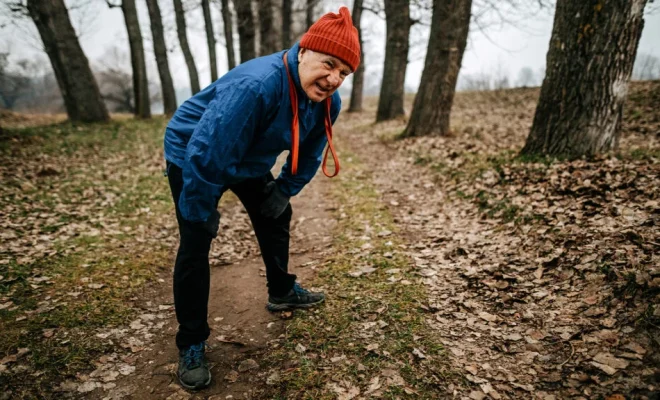3 Ways to Catch Your Breath

Introduction:
At times, physical exertion or stress can leave you gasping for air. It’s essential to know how to regain your breath in such situations. Luckily, there are simple techniques you can use to catch your breath and feel more relaxed. In this article, we will discuss three effective ways to catch your breath.
1. Pursed-Lip Breathing Technique:
This technique involves exhaling slowly through pursed lips as if you were blowing out candles on a birthday cake. Follow these steps:
a. Relax your shoulders and neck.
b. Inhale slowly through your nose for two counts.
c. Pucker your lips as if you were about to whistle.
d. Exhale gently through pursed lips for four counts.
Repeat this process for a few minutes until you start feeling more relaxed and can breathe normally again.
2. Diaphragmatic Breathing (Abdominal Breathing):
Diaphragmatic breathing aims to strengthen the diaphragm and increase its involvement in the breathing process, resulting in deeper, more efficient breaths. To perform this method, follow these steps:
a. Lie down or sit in a comfortable position.
b. Place one hand on your chest and the other hand on your abdomen.
c. Breathe in slowly through your nose, ensuring that your stomach expands while your chest remains still.
d. Exhale softly through either pursed lips or your nose, allowing your stomach to deflate.
Practice this technique for at least five minutes to experience its calming effects and better control your breath.
3. Box Breathing Technique (Square Breathing):
Box breathing is a powerful relaxation tool commonly used by athletes and military personnel to regulate their breathing under stress or heavy physical exertion. This method is easy to follow:
a. Find a comfortable position with proper posture.
b. Inhale slowly through your nose for a count of four seconds.
c. Hold your breath for another count of four seconds.
d. Exhale slowly, releasing the air through your mouth for a count of four seconds.
e. Finally, hold your breath again for an additional four seconds.
Repeat this cycle several times, or until you feel that you’ve successfully caught your breath and regained control over your breathing.
Conclusion:
Learning effective techniques to catch your breath can be critical in managing stress and staying composed under physical duress. By practicing the pursed-lip breathing, diaphragmatic breathing, and box breathing methods, you can regain control of your breath and reduce feelings of anxiety or discomfort that often accompany shortness of breath.






